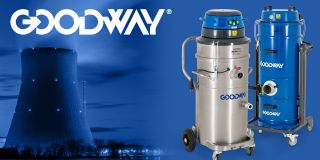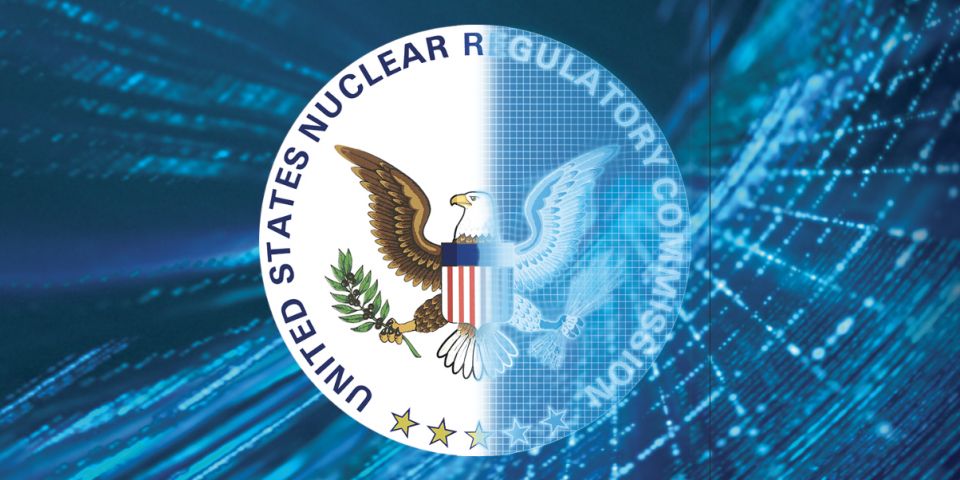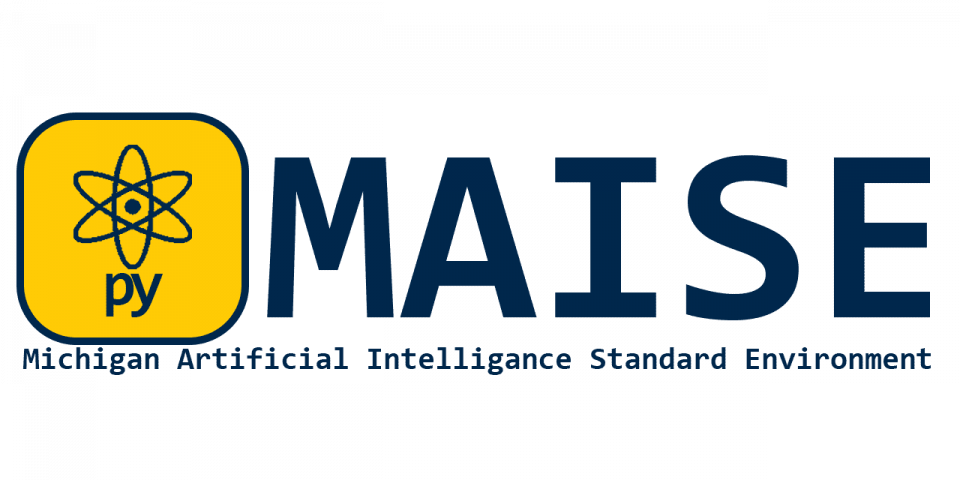A Disa HPSA test unit used in a study in the Navajo Nation. (Photo: Disa Technologies)
The Nuclear Regulatory Commission has received a license application from Disa Technologies to use high-pressure slurry ablation (HPSA) technology for remediating abandoned uranium mine waste at inactive mining sites. Disa’s headquarters in are Casper, Wyo.
HPSA is a mechanical process that separates minerals in mine waste, allowing for the recovery or disposal of uranium and potentially leaving clean material on-site.
According to Disa, the technology can be used to remediate the estimated 15,000 abandoned uranium mines scattered throughout the western United States and has been validated as a viable treatment technology for uranium mine waste by the U.S. Environmental Protection Agency, the Navajo Nation EPA, and Idaho National Laboratory.
The details: Disa submitted its license application to the NRC on March 28, requesting that the agency expedite its review to be completed by this summer, which would allow the company to initiate and complete a planned demonstration project.
The application is available for public viewing on the NRC website. The NRC staff is currently reviewing the application to determine its completeness and suitability for a detailed technical review.
If the application is accepted, the NRC will issue an acceptance letter to Disa and publish a notice for an adjudicatory hearing opportunity before an NRC Atomic Safety and Licensing Board.
Mining notes: According to the NRC's Environmental Report, Revision 2 for the Disa project, there are more than 15,000 abandoned uranium mines across the western United States. Most of these locations are found in Colorado, Utah, New Mexico, Arizona, and Wyoming, with about 75 percent on federal and tribal lands (abandonedmines.gov).







